Chickens have a lengthy and impressive history. From sharing a gene pool with one of the most famous prehistoric predators, to becoming one of the most widespread species of domesticated livestock, and now, beloved backyard pets – discover how the chickens we know and love came to be.
Chickens: modern-day dinosaurs
Genetic research has shown that chickens are the closest living relatives to an infamous dinosaur – the Tyrannosaurus Rex. That means your backyard flock possesses characteristics of these carnivorous giants that roamed the earth long ago. While backyard hens may not have the same fierce traits as this apex predator, it’s in the finer details that you may notice your flock appearing prehistoric. From their movement, keen eyes, and adaptability, our modern-day chicken breeds are a piece of living history.
From jungle to backyard
Because chickens were one of the first domesticated animals, their exact origin remains a mystery. In recent years, geneticists have determined that the birds that we have come to recognize as chickens are descendants of the Southeast Asian Red Junglefowl (Gallus gallus ). This bird still hails from southeast Asia, where they were domesticated thousands of years ago. Their domestication was to provide a source of meat, eggs, sport, and various rituals.
Due to the wild success of domesticating junglefowl, civilizations began breeding these birds to bring out desirable traits – but this is where their history becomes muddled. Scientists and historians can’t pinpoint when the Red Junglefowl was bred with other birds, but it’s been determined through DNA studies that Grey Junglefowl (Gallus sonnaratii ) from India created the first hybrid chickens. From there, Sri Lanka Junglefowl (Gallus lafayetti ) and Green Junglefowl (Gallus varius ) were introduced to the gene pool, giving possibilities to new breeds and varieties of chickens.
As their popularity gained traction, domesticated chicken-keeping spread throughout China, India, Egypt and Greece. Roman armies helped facilitate their spread to all corners of the Roman Empire, thus bringing chickens to the entire known world. Over the course of this journey, chickens were bred with other wildfowl, introducing more and more traits that trickled down to our present-day flocks.
Modern-day chickens
The chickens that grace our backyards are the products of selective breeding that started to take form in the 19th century. The journey from junglefowl to domesticated bird now complete, chickens began making an appearance in even more sophisticated settings – starting with a famous monarch.
Chickens in the 19th century
In the nineteenth century, the breeding of chickens began in earnest. Thanks to the influence of birds from other countries and regions, chicken breeding stock during this era offered many opportunities for creating both diverse and purpose-specific breeds. Some aimed to increase egg production or meat, while others were created purely for aesthetics.
One of the catalysts for this movement was British monarch Queen Victoria, who kept and bred chickens purely for their beauty. She and her husband, Prince Albert, imported what was at the time, an exotic breed from China – the Cochin. The queen was quickly smitten by her feathery fascinations, and the rest, as they say, is history.
By the end of the 19th century, a number of poultry clubs, competitions and exhibitions were created and held by dedicated chicken breeders. Many of these groups focused on the appearance of chickens, which is where many of our modern ornamental breeds started. During this time, chickens were being bred more rapidly, which made eggs more commonplace in the kitchen. Some of the fanciest birds were sold for top dollar – even up into the hundreds of dollars at auction, which is the equivalent of several thousands of dollars today.
Chickens in the 20th century
Through the mixing of breeds to produce more ornamental birds, some hybrids emerged as prolific egg layers or heavier meat birds. Because of the increased rate of breeding chickens, and thus an abundance of the bird, the twentieth century saw a shift toward mass production of chickens for meat – which transformed the diets of millions. Chickens became one of the most common species of animals on the planet, with the chicken-to-human ratio exceeding 1 to 1. Eggs and chicken meat were now common dietary staples, which increased the need to produce even more chickens, but this push came with questionable practices.
The use of growth hormones was used to expedite the maturation of hens for both meat and laying purposes, putting stress on birds, and diets made of cheaper, low-quality feed added unnecessary unhealthy fats to finished birds. Combine these factors with poor, cramped living conditions, and chickens were under severe stress.
But, as the century drew to a close, animal welfare movements gained momentum toward more humane chicken-keeping practices that are still being implemented and improved upon today.
Chickens in the 21st century
Chickens have made a comeback as not just sources of nutrition, but as backyard pets that are admired for their beauty and respected for their abilities and personalities. Over 500 breeds of chickens exist worldwide today, with each breed having something different to offer their keepers.
Ornamental breeds like Silkies and Polish aren’t prolific egg-layers, but they add a touch of whimsy and novelty to backyards and farms alike. Breeds like Rhode Island Reds and Leghorns are bred for mass egg production, while others like Easter Eggers are bred for their colorful eggs. Orpingtons are known as an excellent dual-purpose bird, while also being the “golden retrievers” of chickens.
Modern-day chickens come from humble beginnings but have a rich and vibrant history. From producers of eggs to favorite family pets, flocks of chickens are now seen in urban settings as well as rural areas. Chickens are no longer solely associated with farm life as they have been in their more recent history. Now, chickens can be seen in city backyards and common areas to be observed for their beauty, much like other domesticated birds. More and more flock-owners are experiencing what Queen Victoria had so many years ago – the opportunity to observe chickens for their beauty, and to soak in the relaxing effects of their presence.
Modern chicken-keeping with Omlet
Thankfully, modern chicken coops and chicken runs have opened up a new way to keep chickens in the 21st century. While chickens are still being produced rapidly (the current ratio of chickens to humans is 3-to-1), there’s hope for backyard flocks and humane chicken raisers to keep their birds in a way that mimics their ancestors’ environment. From city backyards to large homestead spreads, at Omlet we believe in getting chickens back to their roots – and embracing them as the tiny dinosaurs, modern junglefowl, and pieces of living art that they are.


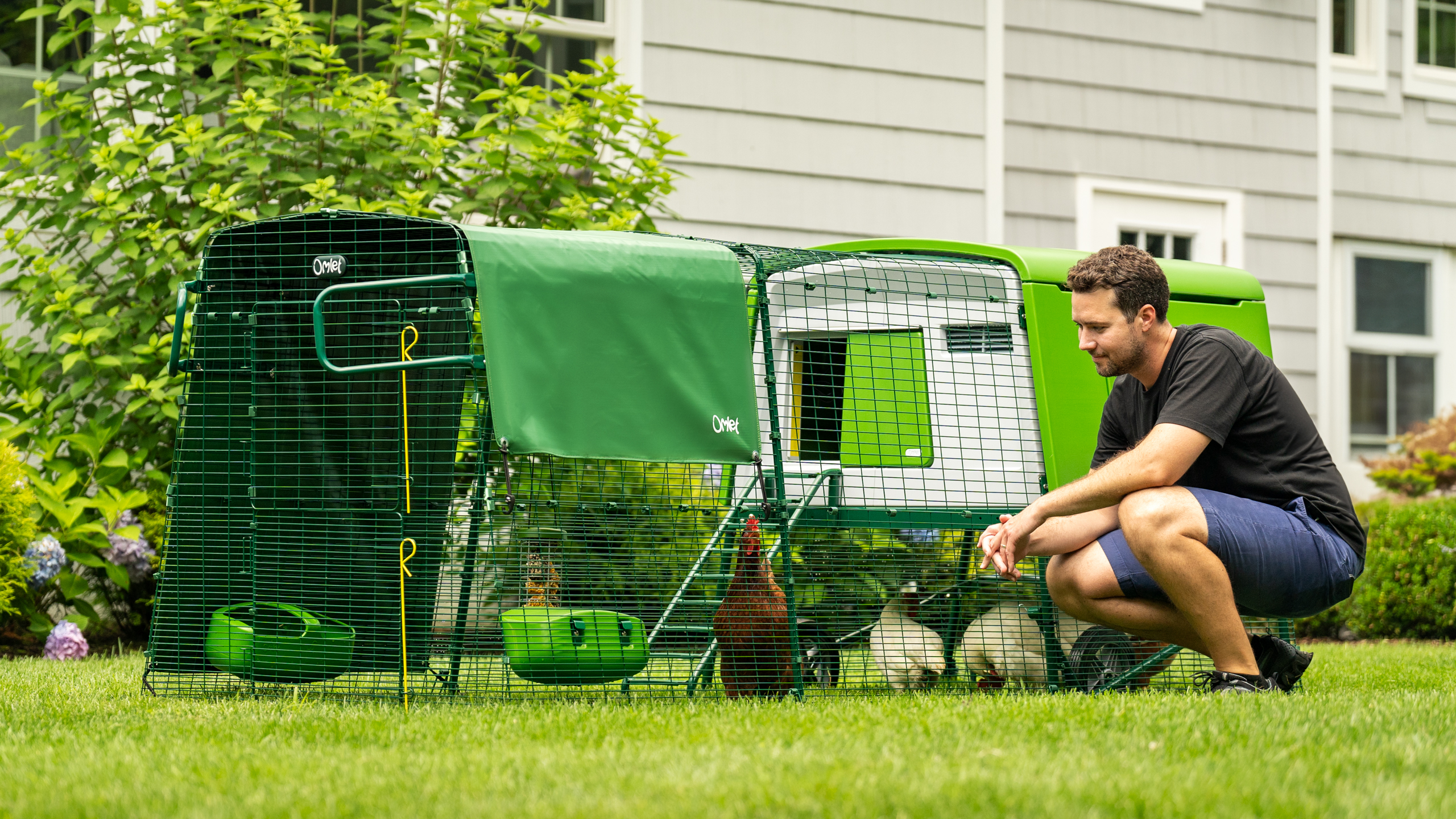
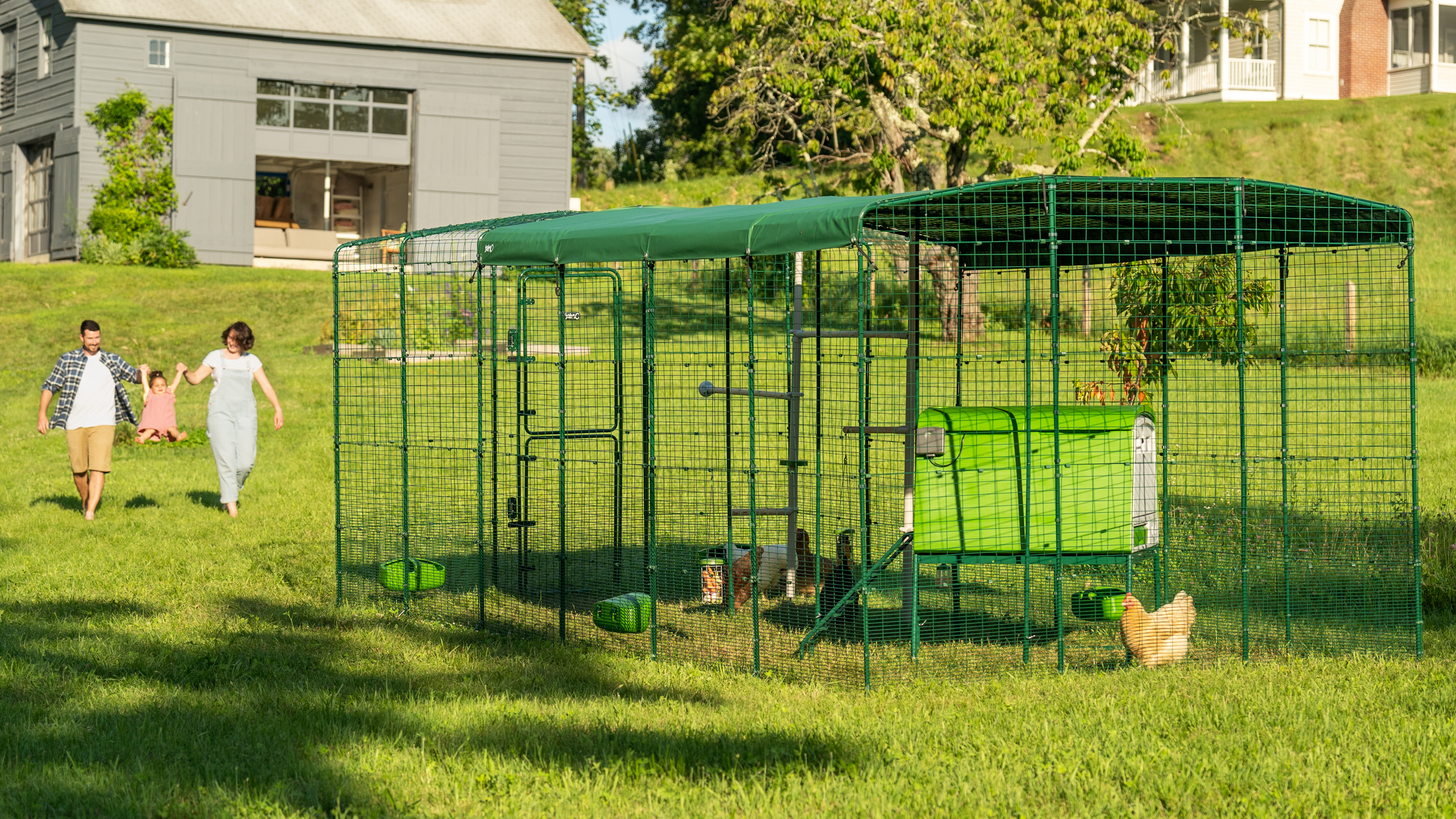

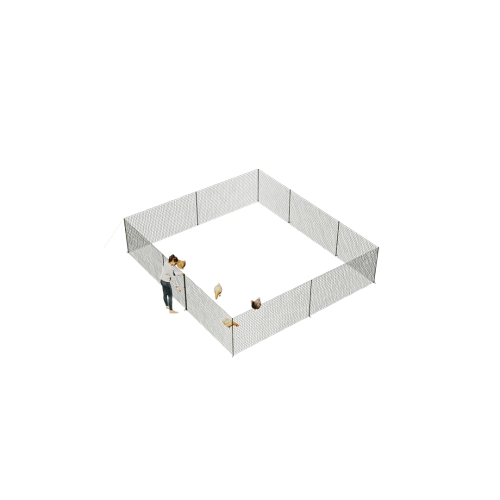

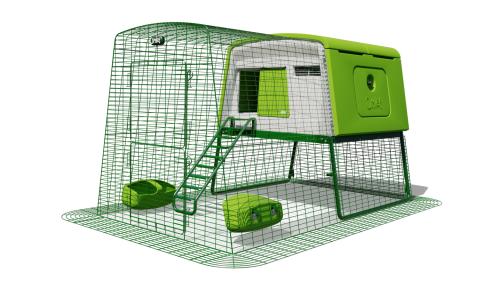
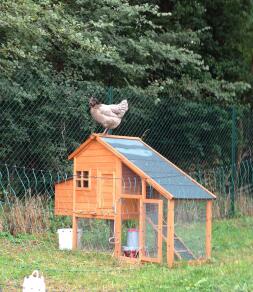
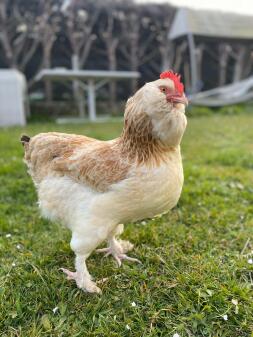
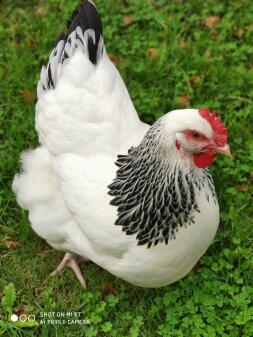
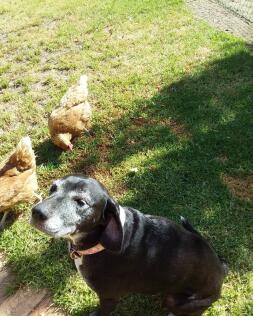
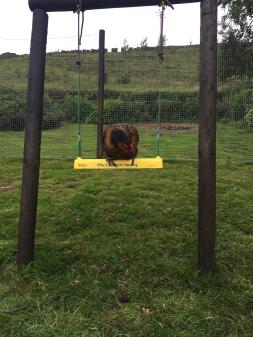
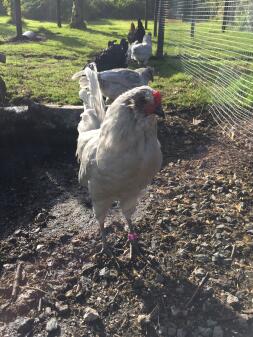
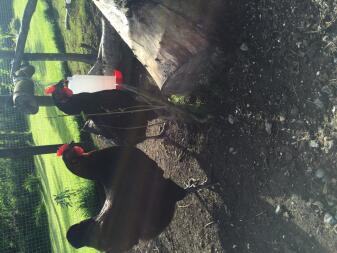
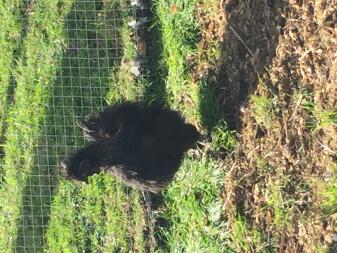
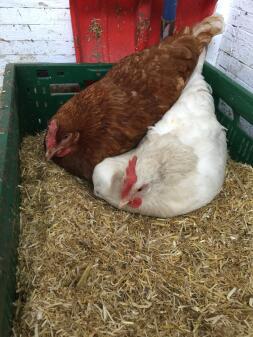
Comments
Natalie, 22 February 2021
I thought it would be the egg because dinosaurs existed before chickens and the dinosaurs laid eggs so the egg was there before the chicken